

LIFE
FORCE
The magazine of the photo-essay

June 2017 back issue
Silver Heroes

by Karsten Thormaehlen
“A free, really high quality photo-essay magazine. Fabulous!”
Stephen Fry. British actor, writer and film & documentary maker
Populations around the world are rapidly ageing and this presents both challenges and
opportunities. If societies do not adapt, it will strain pension and social security systems,
increase demand for health care, require a larger and better trained health workforce and
increase the need for long-term care.
Older people are also a wonderful resource for their families, communities and in the
formal or informal workforce. They are a repository of knowledge. They can help us to
avoid making the same mistakes again. If we can ensure older people live healthier as well
as longer lives, if we can make sure that we are stretching life in the middle and not just at
the end, these extra years can be as productive as any others. The societies that adapt to
an ageing population will have a comparative advantage over those that don’t. But to do
this, we will all need to think very differently.
We will need to discard our stereotypes of what it is to be old. We need to consider the
interaction of ageing with other global trends such as technological change, globalization
and urbanization. We need to »reinvent« ageing. Above all, we need to be innovative.
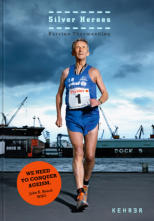
Perhaps we can start by rethinking our life plan. The plan where we study until we are somewhere in our twenties, work
until sixty and then retire. Even though this way of seeing our lives has only been with us for a century or so, we
sometimes think of this as a law of nature. And now that we are living much longer we often assume the only place to put
those extra years is tacked on at the end. What about if instead we could ensure they were healthy years and use them
any time and any way we wanted? People are already questioning whether the old life-plan is really how they want to
live.
A recent survey in the United States showed that it was only a small minority who wanted to retire at the traditional age.
Around 80% wanted to continue to participate – but not in the same way. They wanted to work part time or start a new
career, or a small business. They wanted flexibility. But some people are thinking it means much more than that. Think
about what greater flexibility might bring to the way we plan our lives. If it is possible to remain in the workforce until
seventy-five, you might choose a new career at 40 because you still have 35 good years ahead of you. Or women who
have raised children at a young age might choose to study and join the workforce for the first time later in life knowing
there is still time for them to make it to the top. Fathers may drop off the career escalator for a few years to look after
children. People may decide to opt in and out of the workforce at different stages of life, to retrain and change paths at
multiple points in their lives. So the first innovation that must accompany our reinvention of ageing is flexibility. We need
to make sure older workers have the retraining opportunities that allow them to keep up to date and to adjust to
changing environments.
In the past, ageist stereotypes have sometimes led workplaces to deny training to older staff on the assumption they
would soon retire. If our working lives are to be extended, such attitudes will need to change to foster »lifelong learning«.
This applies to universities too. Why should someone be denied access to a university degree at sixty when they may
have 20 years of contribution ahead of them?
So it is not just each of us that needs to reconsider our own life plan, we also need to make sure that the many barriers
and disincentives that are still in place that prevent the participation of older people are removed. We need to change
the way society as a whole looks at being old. We need to conquer ageism. Above all, we need to reinvent society, not
reinvent the past. 20th Century solutions are unlikely to solve 21st Century challenges.
The images in this book show how some people are taking on these challenges. They reinforce how different a world
we live in. They excite and sometimes confront us, and I am sure they will stimulate others to join in this social
transformation.
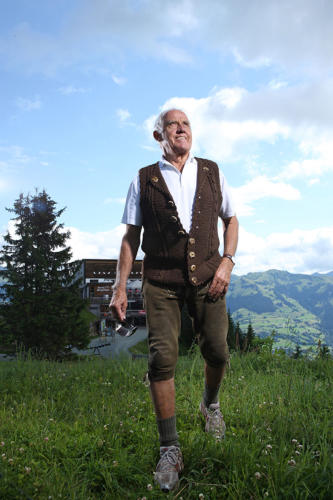
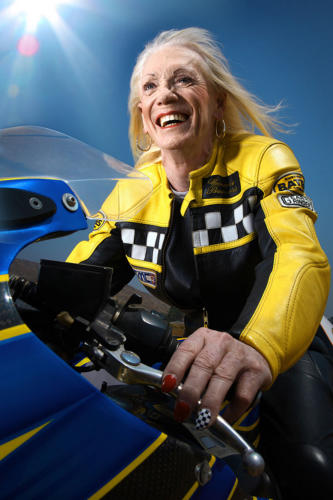
Connie Beavers (1938), motorcycle racer, Riverside,
California 2009.
Silver Heroes: Ernst Hinterseer (1932), Kitzbühel, Austria
2009.
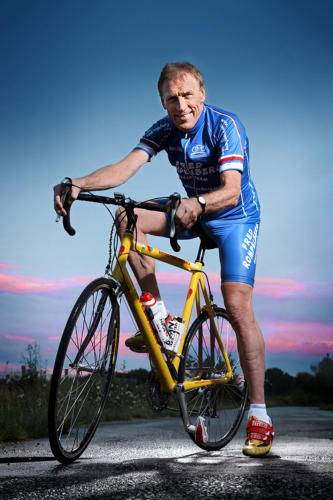
Fred Rompelberg (1945), bicycle racer, Maastricht, The
Netherlands 2009.
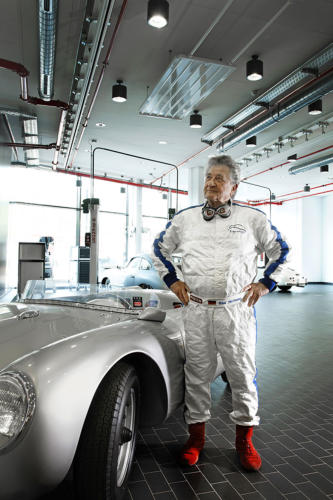
Hans Herrmann (1928), racing driver, Porsche Museum,
Stuttgart, Germany 2009.
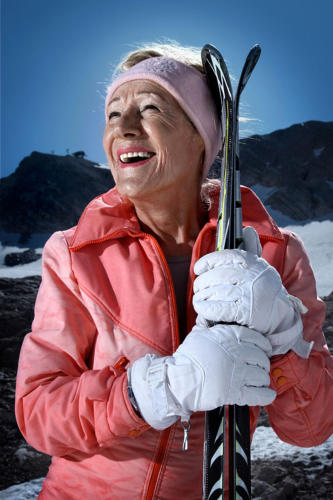
Heidi Biebl (1941), Zugspitze, Germany 2009.
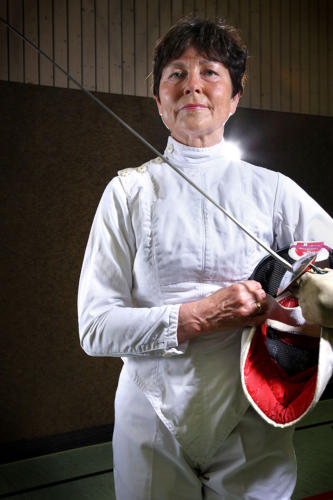
Heidi Grundmann-Schmid (1938), fencer, Augsburg,
Germany 2009.
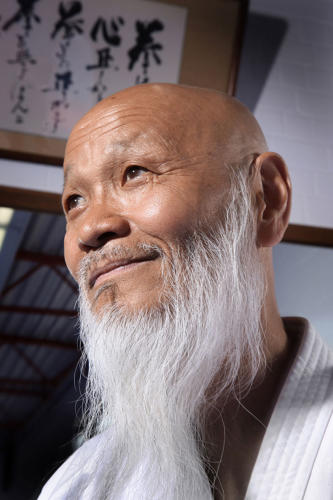
Hideo Ochi, (1940), Karate trainer, Bottrop, Germany
2009.
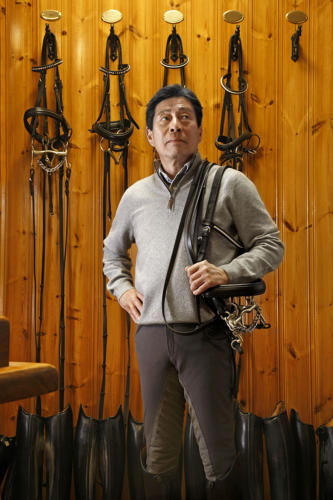
Hiroshi Hoketsu, 68.
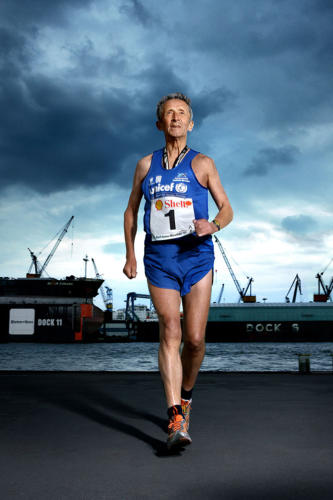
Horst Preisler (1935), ultra marathon runner, Hamburg,
Germany 2009.
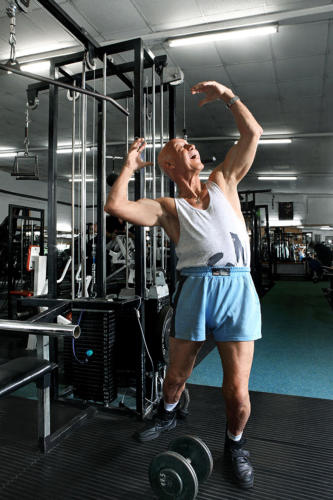
Karl-Heinz Oberwinster (*1938), Bodybuilder,
Oberhausen, Germany 2009.
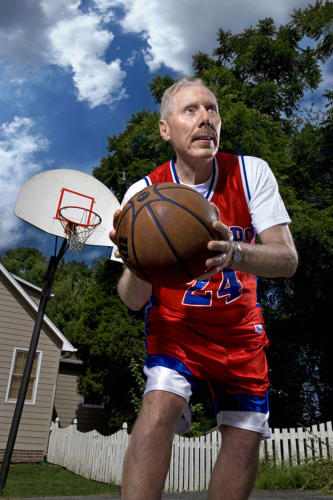
Ken Mink, 73, Basket ball player.
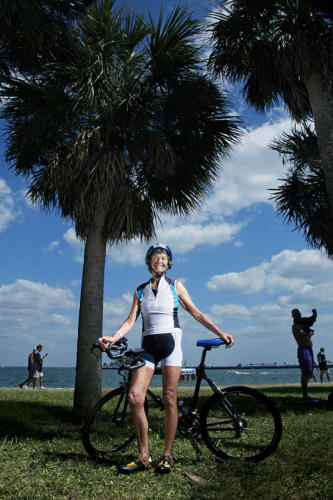
Sister Madonna Buder (1930), Triathlete, St. Petersburg,
Florida 2009.
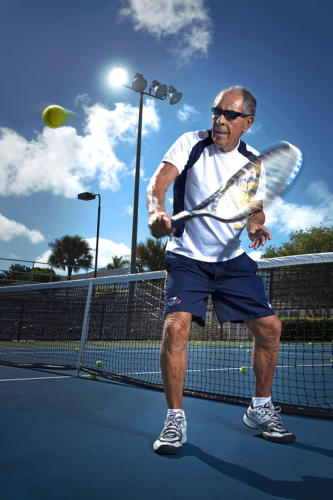
Nick Bollettieri (1931), Bradenton, Florida 2009.
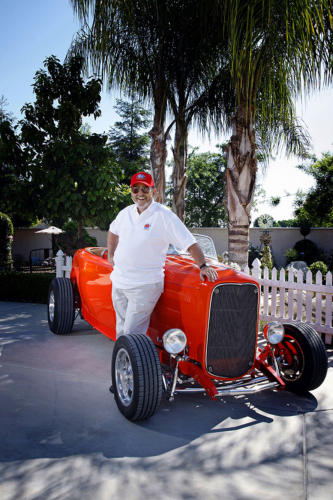
Ron Cochran (1936), landspeed racing driver, Visalia,
California 2009.
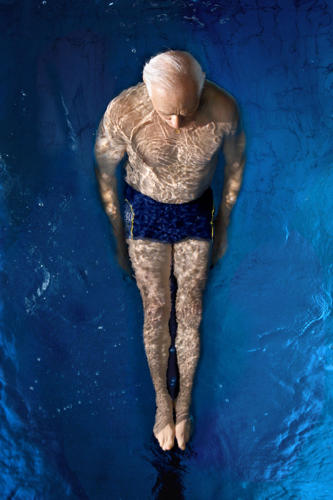
Willi Simon, 77, Lifeguard.










